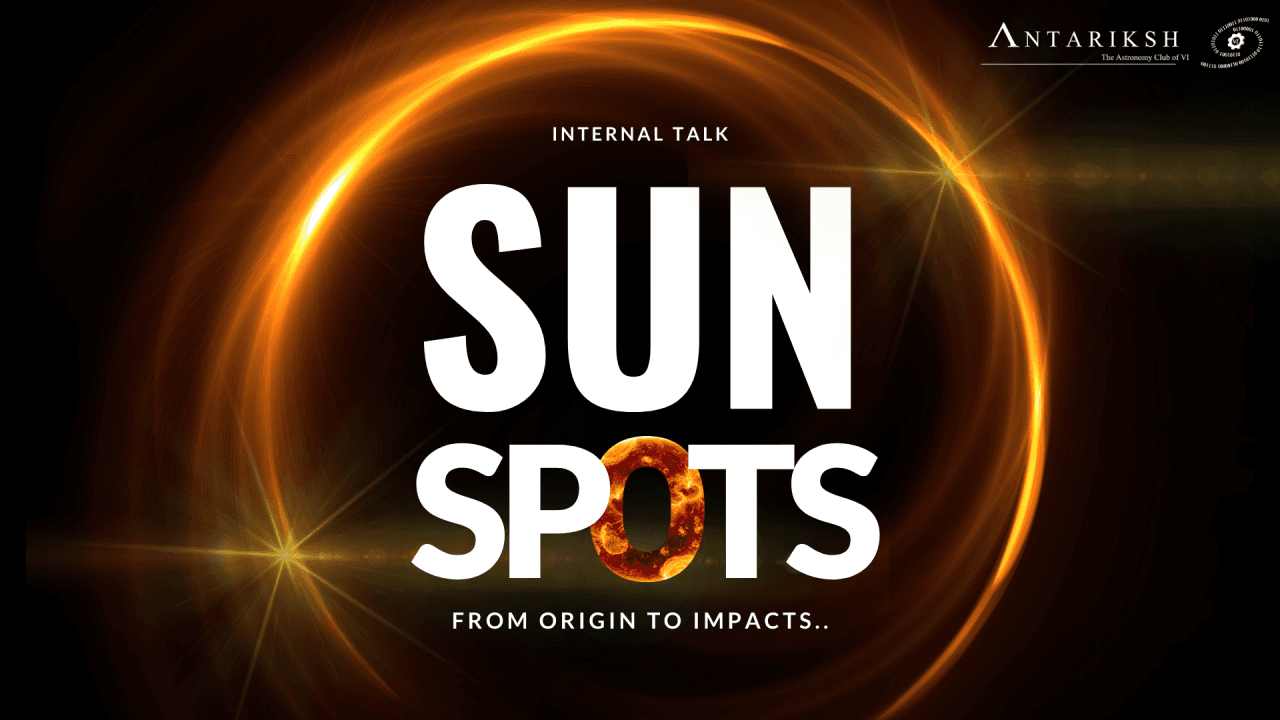
The International Liquid Mirror Telescope (ILMT)
Episode 7 of the Internal Talk Series featured Lavanya Saindane presenting on the International Liquid Mirror Telescope (ILMT). Located in Uttarakhand, ILMT is India's first and Asia’s largest operational liquid mirror telescope, built in collaboration with India, Belgium, and Canada. Lavanya explained liquid mirror technology’s advantages, like cost-effectiveness, self-healing properties, and easy maintenance. She discussed ILMT's construction, key components, and image mapping capabilities, illustrating its significant role in astronomical observations. The ILMT has captured remarkable images of asteroids, star clusters, and galaxies, advancing our understanding of celestial phenomena. The session concluded with a Q&A, inspiring curiosity about liquid mirror astronomy.
| Published on 18 Oct 2024

The Beginning of the Universe
This internal talk presented various theories regarding the origin of the universe and the formation of our solar system. It discussed the Steady State Theory, suggesting a constant universe through ongoing matter creation, and the Pulsating Theory, which posits infinite cycles of expansion and contraction. The widely accepted Big Bang Theory describes the universe emerging from a singularity around 13.8 billion years ago. Additionally, it covered the Gaseous, Nebular, and Planetesimal Hypotheses for solar system formation. Each theory, while offering insights, has its limitations, prompting further exploration into the universe's origins.
| Published on 11 Oct 2024

H1 Line Emission Spectrum
On October 5th, Shrava Bhandary from the Antriksh Club of VI delivered a talk on H1 Line Emission, exploring the 21 cm wavelength in radio astronomy and its role in understanding the Milky Way's structure. The 21 cm line, emitted by neutral hydrogen, allows astronomers to peer through cosmic dust and map galactic features like spiral arms and star-forming regions. The talk covered essential concepts like the Doppler Effect for tracking galactic motion and Kepler’s Laws. The unexpected constant rotational velocity in the Milky Way's outer regions hinted at dark matter's presence, revealing new dimensions in galactic dynamics.
| Published on 04 Oct 2024

The Sunspots: From Origin to Impacts.
This internal talk delved into sunspots, which are dark patches on the Sun's photosphere formed due to intricate magnetic fields and temperature decreases. It covered their formation process, the Sun's structure, and historical observations from early astronomers like Galileo to contemporary findings. The discussion included the butterfly diagram, illustrating the 11-year solar cycle and the correlation between sunspots and solar activity. Additionally, it addressed phenomena such as coronal mass ejections (CMEs) and solar flares, which can create geomagnetic storms and breathtaking auroras on Earth. Overall, grasping sunspots is vital for comprehending solar dynamics and their effects on our planet.
| Published on 04 Sep 2024

Brief History of Light and Introduction to the Theory of Relativity
| Published on 30 Aug 2024

The Crab Pulsar
The Antariksh Astronomy Club held an insightful talk on the Crab Pulsar, emphasizing its significance in neutron star studies. The presentation began with the life cycle of stars, explaining that massive stars end as white dwarfs, neutron stars, or black holes. It detailed neutron star formation, the discovery of pulsars by Jocelyn Bell in 1967, and the characteristics of the Crab Pulsar, which rotates 30.2 times per second within the Crab Nebula. Recent advancements include observations from ISRO's XPoSat mission, further enriching our understanding of neutron stars and their associated phenomena.
| Published on 22 Aug 2024